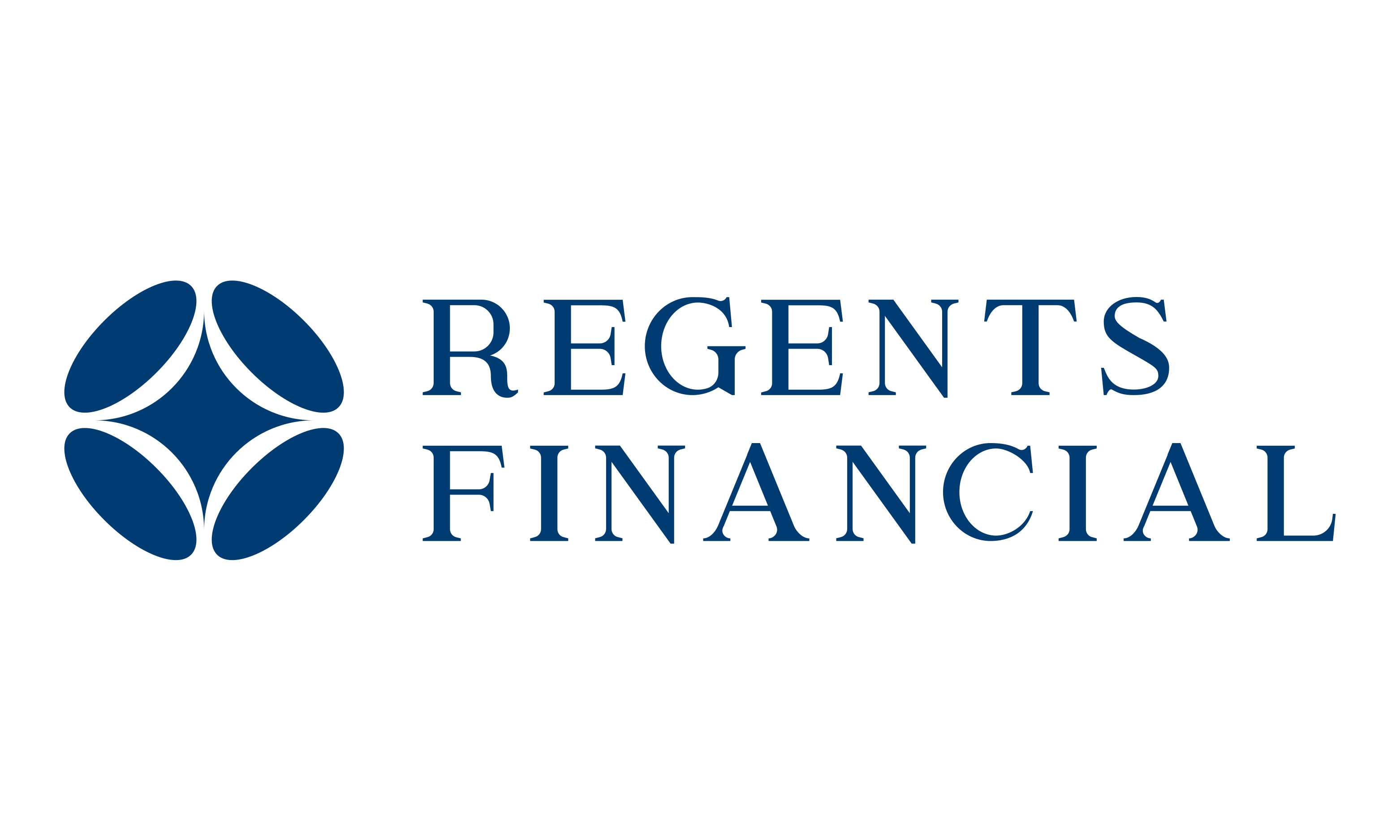How It Works - Home Equity Line of Credit (HELOC)
A Home Equity Line of Credit (HELOC) is a type of revolving credit that uses your home as collateral. HELOC’s can be a valuable tool in achieving your financial objectives. Click HERE to explore the benefits.
Here's how a HELOC generally works:
- Collateral: Your home serves as collateral for the HELOC. This means that if you fail to repay the loan, the lender can take possession of your home through a process called foreclosure.
- Credit Limit: When you are approved for a HELOC, you are given a credit limit, which is the maximum amount you can borrow. This limit is often based on the equity you have in your home. Equity is the difference between the appraised value of your home and the balance of any mortgages or other liens on the property.
- Draw Period: The HELOC usually has two phases. The first phase is the draw period, during which you can access funds from the line of credit. This period typically lasts around 3 to 10 years. During this time, you can borrow and repay funds as needed, up to the credit limit.
- Interest Rates: The interest rate on a HELOC is usually variable, meaning it can fluctuate with changes in the market interest rates. The rate is often based on a benchmark rate, such as the prime rate, plus a margin determined by the lender.
- Repayment Period: After the draw period, the HELOC enters the repayment period, which is typically 10 to 20 years. During this period, you can no longer borrow from the line of credit, and you must start repaying the outstanding balance. The monthly payments during the repayment period include both principal and interest.
- Payments: During the draw period, your monthly payments will usually only cover the interest on the amount you've borrowed. Once you enter the repayment period, you'll need to start repaying the principal as well, and your monthly payments will likely increase.
- Flexibility: One of the advantages of a HELOC is its flexibility. You can borrow and repay as needed during the draw period, much like a credit card. This flexibility can be useful for financing home improvements, education expenses, or other major expenses.
- Tax Deductibility: In some cases, the interest paid on a HELOC may be tax-deductible, but tax laws can change, and it's advisable to consult with a tax professional to understand the current regulations.
If you're considering a HELOC and would like to explore solutions, our dedicated loan officers are here to learn about your needs and offer potential solutions.
We want to talk to you. It's the best way we can fit a solution to your needs. BOOK A CONSULTATION
Your financial well-being is just a click away!
